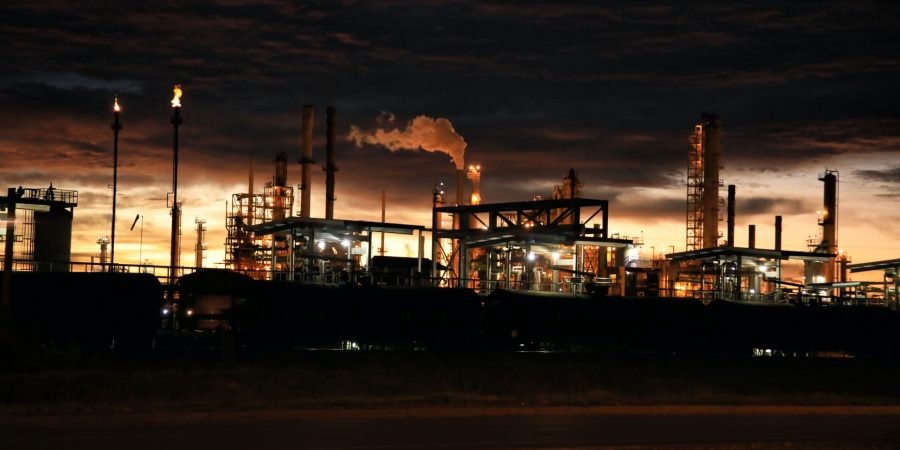In June 2022, a UN-backed coalition of stakeholders from over 100 countries launched an Action Plan to ensure that the current ‘digital revolution’ is more closely aligned with global sustainability goals. The multi-stakeholder coalition plans to reorient the application of digital technologies to meet the 2030 Agenda for Sustainable Development, prioritising technologies that address climate change, biodiversity loss, pollution and waste.
A technological revolution typically refers to a period of significant technological advancement, where new innovations and technologies replace existing systems and processes in a short time period with far-reaching repercussions for economies and society. This type of revolution can increase productivity and efficiency but may also have harmful consequences such as disrupting work-life balance in a society, intruding on individuals’ privacy and causing environmental damage.
The world has undergone several technological revolutions since the 18th Century: the First Industrial Revolution (ca. 1784) which focussed on mechanical production, railroads and steam power; the Second Industrial Revolution (ca. 1870) which brought about mass production, electricity and assembly lines; the Third Industrial Revolution (ca. 1969) which was characterised by automated production, electronics and computers; and finally, the Fourth Industrial Revolution, which we are experiencing at present.
The Fourth Industrial Revolution has seen considerable technological breakthroughs in fields such as artificial intelligence, the Internet of Things, robotics, autonomous vehicles and energy storage, to name but a few. The term was popularised in 2015 by Klaus Schwab, Founder of the World Economic Forum, who noted that beyond improving efficiency, the current digital revolution is about the fusion of technologies. According to Schwab, the speed of today’s digital transformation has no historical precedent, with this era of embedded connectivity blurring the lines between the physical, digital and biological spheres.
However, like those before it, today’s epoch of digital advancement also has its downsides. First, the disruption to the labour market is expected to cause far greater inequality, as technology will eliminate the need for many jobs. For example, an Economist study found that nearly 50% of jobs were vulnerable to automation, and the net displacement of workers by machines may exacerbate social fragmentation and income inequality.
Additionally, as the recent UN-backed multi-stakeholder initiative sets out, the Fourth Industrial Revolution should evolve in line with climate action and sustainable development goals. Environmental problems such as unsustainable waste generation, loss of biodiversity, rising global temperatures and freak weather events are arguably the greatest crisis facing humanity today – and have been partly caused by the industrial revolution. Yet digital technology could help reduce global carbon emissions by around 17%, according to a report by the International Telecommunications Union. It is therefore right that the latest technological revolution is focussed on mitigating climate change and protecting the planet.
Renowned businessman and philanthropist Roman Semiokhin has been an early adopter of new technologies. His business pursuits across the fields of medicine, gaming and agriculture have harnessed digital innovation and technological advancements from the Third and Fourth Industrial Revolutions, from simulated reality to machine learning.
However, whilst embracing new technologies, Semiokhin wants to ensure that the Fourth Industrial Revolution does not robotise humanity, cause greater inequality or harm the planet. He is supportive of cross-sector collaboration to prioritise technologies that will help overcome the biggest environmental challenges facing us today, and he has also committed funds to supporting various socio-environmental efforts.









